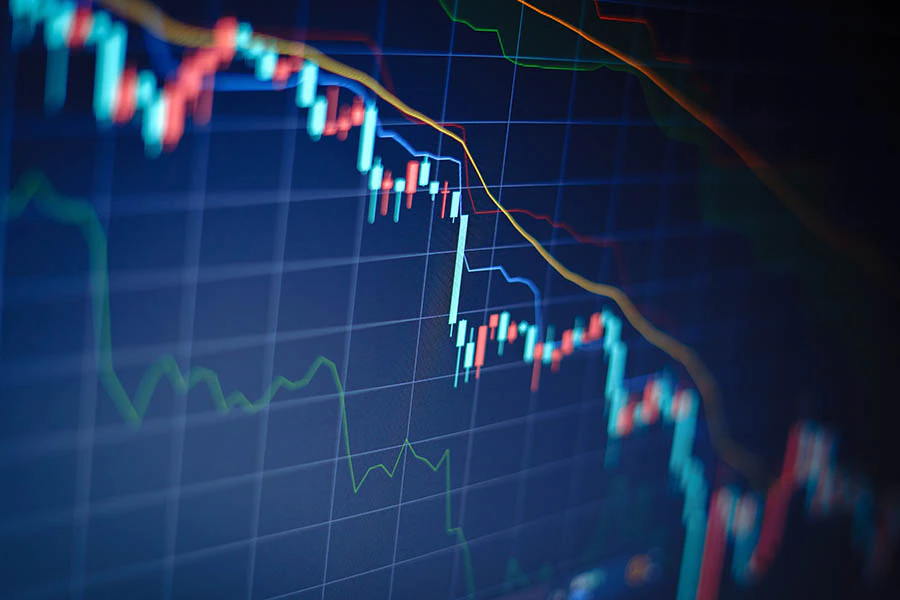Despite the latest signs, it’s still hard to know if we’re in a recession. The unemployment rate is near multi-decade lows, and consumer spending is on the rise, but the economy doesn’t seem to be catching up to the inflation rate. The federal government reported last week that the economy contracted for the second consecutive quarter, but the committee doesn’t declare a recession until the following quarter.
Many economists point to a wide range of economic indicators to determine whether or not the economy is in recession. High inflation and a declining GDP indicate that the economy is weakening, but the unemployment rate dropped to 3.5 percent in July. Despite these data, the employment market has managed to add 2.2 million new jobs since January.
It’s hard to say whether or not we’re in a recession, but we can use a number of indicators to get a better idea of when it’s the right time to invest. First, you should know exactly what your income and expenses are. Once you have a clear idea of what your finances look like, you can set a budget and prioritize your goals.
Inflation is still at near-four-decade highs, and workers who recently received raises have seen their pay cut when adjusted for inflation. This has disproportionately impacted lower-income households and those in Black or Hispanic ethnicities. Moreover, high inflation is a major issue in Republican attacks against Democrats and President Biden in the midterm elections.
The Fed chair, Jerome Powell, also doesn’t believe that the U.S. is in recession, but he believes that we can avoid it. In September, the unemployment rate was 3.5%, matching its lowest level in 50 years. While this may not be enough to trigger a recession, economists are still divided over whether the U.S. economy is in a recession or not.
While there’s no universal consensus on when a recession begins, the NBER says that it occurs when economic activity slows by more than one quarter. The NBER also uses various indicators in its calculations, but they don’t assign particular weight to certain indicators. Generally, a recession lasts four to 21 months.
In addition, economists are keeping an eye on the yield curve. When the yield curve becomes inverted, it indicates that investors are nervous about the economy. As a result, short and long-term interest rates rise. A yield curve inversion is a signal of a recession, and has preceded every recession since 1955.
